Roof Condition and Solar Panel Installations
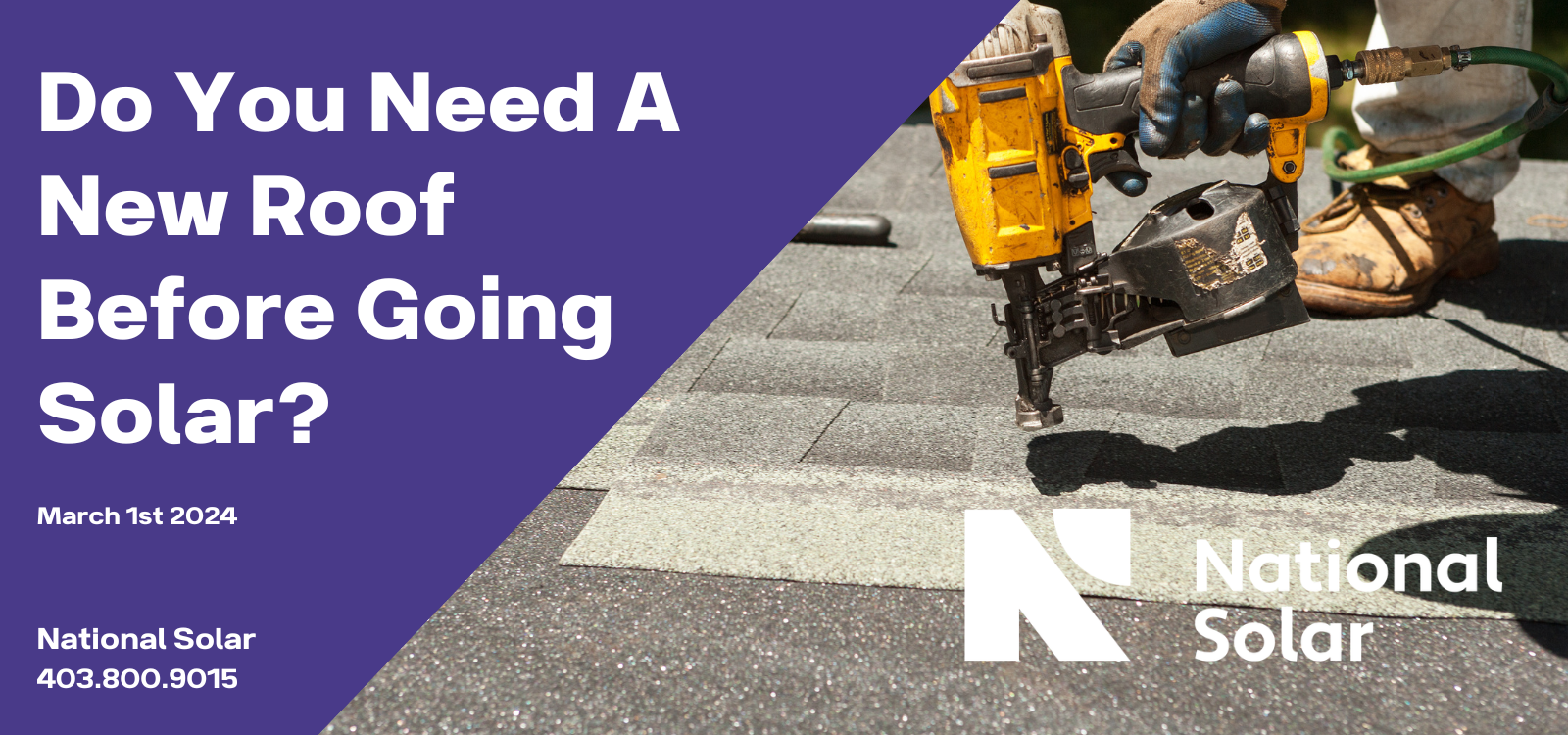
Maximizing Efficiency: Roof Condition and Solar Panel Installations
Is your roof ready for solar panels? A solid roof condition and solar panel installation go hand in hand. This article provides straightforward insights into preparing your roof for solar panels, tackling common issues, and how these elements impact your installation’s success. Without complexity or fluff, get equipped with the practical advice you need to ensure your roof is solar-ready.
Key Takeaways
- The condition of the roof is critically important for solar panel installation, determining the system’s efficiency and longevity. Issues such as leaks, inadequate ventilation, and structural capacity must be addressed prior to installation to ensure stability and maximize energy generation.
- A professional roof inspection is mandatory to certify that the existing roof can support the weight of solar panels and assess its age and material compatibility. Local regulations and building codes must be adhered to, ensuring the installation is safe, legal, and eligible for incentives.
- Optimal solar panel performance is influenced by roof characteristics like orientation, pitch, and the avoidance of shading. Regular maintenance of both the roof and solar panels is crucial for maximizing the system’s lifespan and energy efficiency.
The Impact of Roof Condition on Solar Panel Installation
Your roof is the cornerstone of your solar energy system, forming the primary defence against the elements while providing a stable platform for your solar panels. Maintaining your roof in top condition prior to installation isn’t just precautionary; it’s a key element in securing the stability, safeguard, and efficiency of your investment. A well-maintained roof is not only essential for the longevity of the solar panel system but is also a determinant in harnessing solar energy effectively. Efficiency of your solar panels can be maximized by enhancing roof ventilation, reducing shading, and aligning tilt angles with the trajectory of the sun. Temperature changes, common in various climates, also influence panel performance, where panels with a lower temperature coefficient maintain efficiency far better under these varying conditions.
Nonetheless, if your roof has hidden problems, it’s vital to tackle these issues through repairs or possibly replacements before installing solar panels. This proactive approach provides a stable base for your panels and helps avoid additional problems or damages in the future. Flat roofs, for instance, may present challenges for solar installation due to potential issues such as dirt accumulation and water pooling, which can damage both the panels and the roof structure. Choosing appropriate roofing materials also plays a pivotal role in ensuring a solid installation base and compatibility with your solar system, impacting the overall efficiency and longevity of the installation.
Importance of a Healthy Roof
A robust solar energy system is built on the foundation of a healthy roof. It keeps the solar infrastructure secure against a variety of environmental stressors and ensures functionality over an extended period. The structural integrity of the roof is paramount; it must be capable of supporting the additional weight of solar panels without risking destabilization or damage. Overlooking the condition of your roof before initiating the installation could jeopardize the success and sustainability of your solar energy system in the long term.
Optimal roof conditions, free from the need for future repairs, not only contribute to maximizing energy generation but also optimize the return on investment for solar installations.
Common Roof Issues to Address
Before you can reap the benefits of solar power, certain roof issues demand your attention. Leaking roofs, damaged shingles, and inadequate ventilation are common problems that can compromise the integrity of your solar installation if left unchecked.
Key components such as underlayment, vents, and flashing often require replacement to maintain the roof’s suitability for solar panels and are essential for a successful installation.
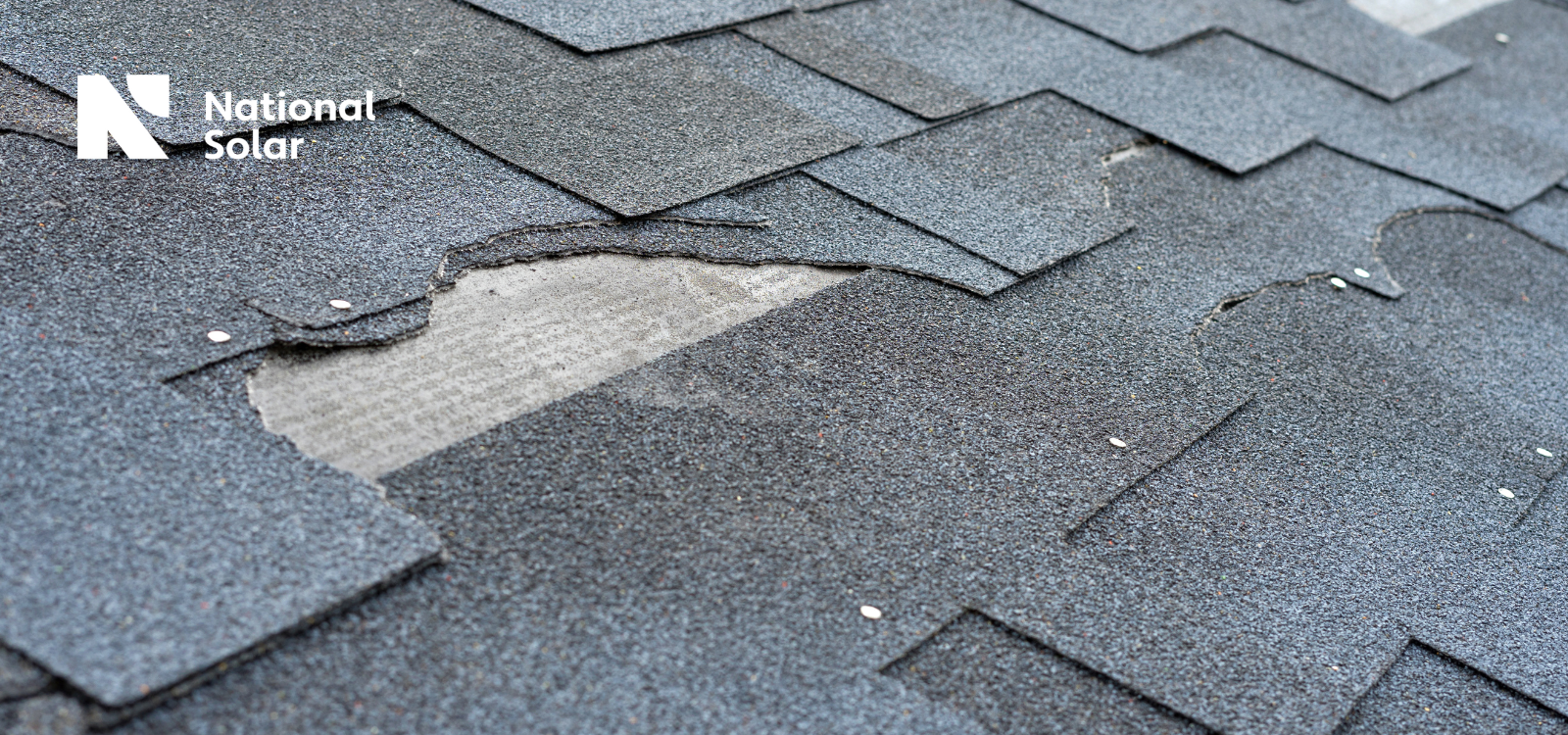
Assessing Your Roof Before Solar Installation
A comprehensive roof assessment is essential before embarking on the solar journey. This assessment is not only about measuring the roof’s area and layout but also scrutinizing its structural integrity and the necessary repairs to determine if it’s suitable for solar panels. The initial on-site visit by professionals is critical for accurate measurements and to identify potential installation challenges.
They also need to:
- Assess the roof’s structural capacity to support the weight of solar panels and additional loads such as snow
- Ensure the integrity of the mounting system
- Optimize solar panel positioning.
Professional Roof Inspection
In the solar panel installation process, a professional roof inspection is a keystone. It ensures that the roof decking and structure can bear the weight of solar panels without the risk of future disruptions. Even if your roof appears stable and leak-free, it might still be at risk of failing under the extra weight and foot traffic involved in the installation.
Contractors during an inspection will look for signs of:
- Damage
- Leaks
- Adequate ventilation
- The condition of shingles, underlayment, vents, and flashing
It’s advisable to employ an experienced roofer who has also dealt with solar panels. Roof inspections can also reveal the need for repairs or complete replacement due to aging, existing damage, or subpar previous workmanship, directly impacting the viability of solar panel installation. Involving a roof inspector early in the process, as recommended by Consumer Reports, works alongside solar installers to ensure efficiency and safety.
Qualified roofers or structural engineers are the ideal professionals to evaluate the condition of a roof prior to the installation of solar panels. Moreover, a solar installer may require post-installation roof inspections to be mandated by insurance or warranty providers to keep the terms of the agreement intact.
Roof Age and Life Expectancy
The age of your roof plays a significant role in the installation of solar panels. It is the most defining factor in determining whether your roof should be replaced before mounting solar panels. The life expectancy of asphalt roofs can reach up to 30 years, but it’s recommended to replace them a year or two before reaching this lifespan, especially for long-term investments such as solar panel installation.
Old roofs are at risk of:
- crumbling under the additional weight of solar panels
- leaking and causing damage to the solar installation
- requiring roof replacement, affecting the longevity of the solar installation
To ensure the safety and effectiveness of your solar panel installation, it is important to assess the condition of your roof and consider replacing it if necessary. For best results, it is recommended that asphalt shingle roofs be no more than 10 years old and in good condition before installing solar panels. This will ensure the longevity and efficiency of the solar panel system.
Local Regulations and Building Codes
For a
safe and legal solar panel installation, navigating the maze of local regulations and building codes is crucial. Codes such as:
- Provincial Building Code
- Federal Residential Code
Structural load considerations include assessing dead loads, live loads, and the overall weight and forces exerted by the solar system on the building structure, which may require roof reinforcements. Structural engineers play a critical role in staying up-to-date with engineering principles, codes, and standards to ensure that solar installations meet structural requirements and contribute to sustainable energy solutions.
Specific load types such as snow, wind, and seismic loads are central to designing solar systems, especially in areas with high snow accumulation, high wind velocity, or frequent seismic activity. Design and safety considerations include fire safety guidelines such as clearance paths, electrical shutdown mechanisms, and it's recommended to address environmental loads, guiding installers and engineers in safe and compliant installations.
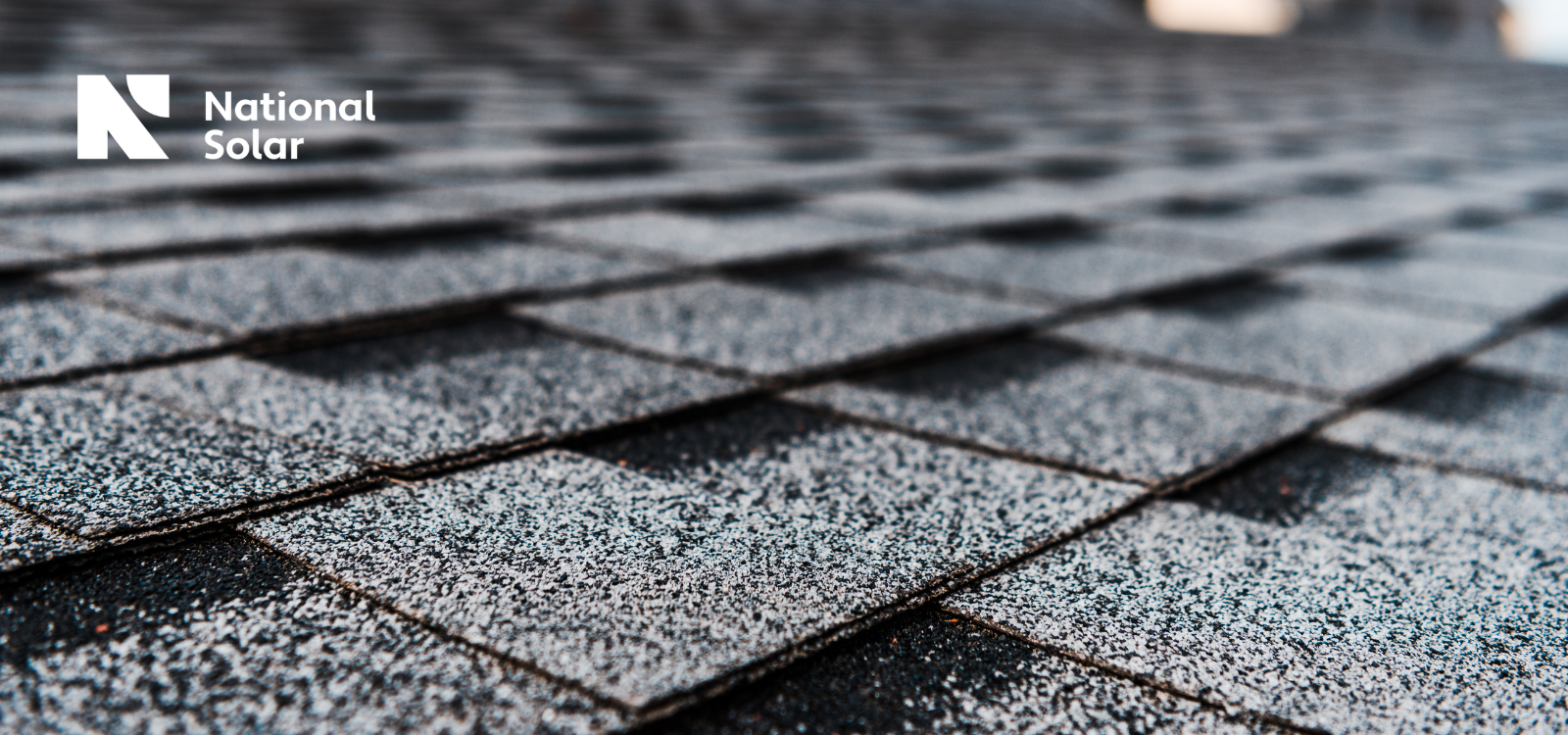
Roof Material Compatibility with Solar Panels
As crucial as its condition, is the material of your roof. It’s a pivotal factor in the success and longevity of a solar panel installation. While solar panels can be mounted on almost any roof style, the roof material and design must be suitable.
Asphalt-shingled roofs are often the go-to choice for solar panel installations, given their widespread use and compatibility if they’re in good condition and provide sufficient surface area. Standing metal roofs rank among the top materials for mounting solar panels, praised for their sustainability and durability. However, heavier or more fragile materials like slate tiles, clay, and wood may pose challenges and are not always suitable for solar panel installations.
Additionally, flat roofs made of tar and gravel can present challenges in ensuring stability and proper drainage. The design of solar array setups can be segmented to adapt to the roof’s unique characteristics, accommodating features such as skylights or ventilation structures.
Asphalt Shingles
Asphalt shingles are a common sight on many homes and are considered suitable for solar panel installations if they are less than 10 years old and in good condition. An innovative alternative to traditional asphalt shingles are solar shingles, which integrate solar cells into the roof shingles themselves, providing a dual function of power generation and shelter.
If opting for solar shingles on a large roof, it’s strategic to cover only areas that receive maximum sunlight and are less prone to shading for an aesthetic and less obtrusive appearance. Manufacturers claim that the durability of solar shingles often surpasses that of traditional roofing materials, which could offer a longer lifespan and a higher property value.
Metal Roofs
Metal roofs confer several advantages when paired with solar panel systems. They enhance the durability and longevity of the solar panels through their inherent robustness and ability to protect against harsh weather conditions. The advantages of metal roofs for solar panel systems include:
- Robustness and ability to withstand harsh weather conditions
- Corrosion-resistant nature, preventing moisture buildup beneath solar panels
- Overall health and longevity of the solar installation
Tile and Slate Roofs
Tile and slate roofs, while aesthetically pleasing, require special attention during solar panel installation due to their fragility. The installation process can be complex, necessitating the following steps to ensure a successful installation:
- Create a watertight seal around mounting points to prevent leaks.
- Handle the tiles or slates with care to avoid damage.
- Distribute the weight evenly to prevent any stress on the roof. By following these steps, you can install solar panels on tile and slate roofs without causing any damage.
It is also important to assess the structural integrity of the roof, especially on older tile or slate roofs, to ensure they can support the weight of solar panels. To minimize contact with the roof surface and reduce the risk of damage, walkways or scaffolding may be required during the installation process. The mounting systems used for solar panels on these types of roofs must be compatible with the roofing material to ensure they do not compromise the roof’s integrity.
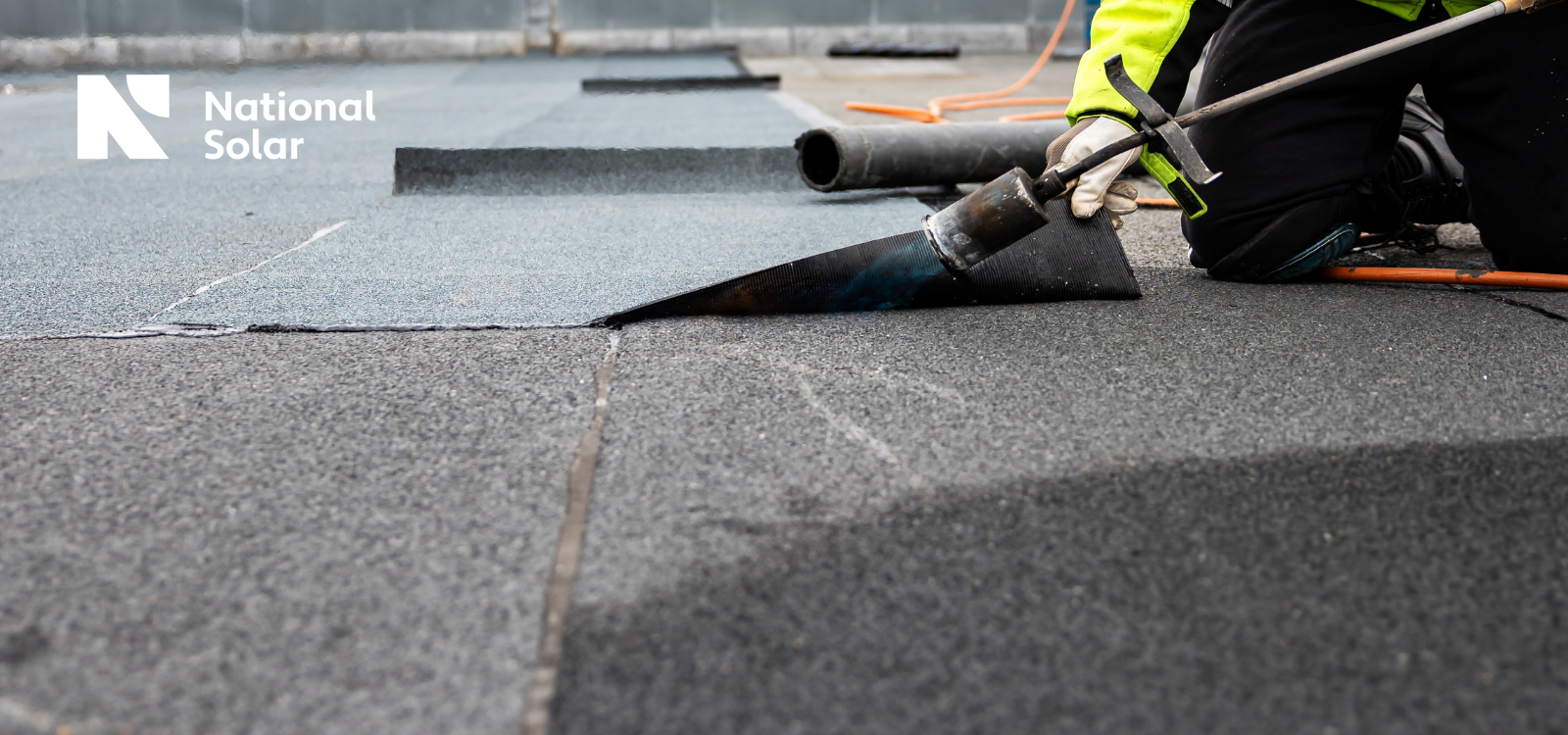
Optimizing Solar Panel Performance Based on Roof Characteristics
In the performance of your solar panels, the characteristics of your roof play a significant role. Factors such as orientation, pitch, and the presence of shading all impact how efficiently solar panels can convert sunlight into energy. A south-facing orientation is generally preferred for solar panel installations, especially in the Northern Hemisphere, to capture the maximum amount of sunlight throughout the day. While the ideal true orientation for PV panels to maximize exposure is 180 degrees, modifications such as mounting racks can be made to achieve the proper orientation on roofs that do not have the ideal southerly exposure.
Additionally, the recommended roof slope for solar panels is between 15-40 degrees, which optimizes energy production. Proper site selection and maintaining clear access paths are among best practices during solar panel installation to ensure an optimal inclination angle and a well-planned layout design.
Ideal Roof Orientation
The orientation of your roof is a key determinant in the success of your solar panel installation. For maximum solar power production in the Northern Hemisphere, solar panels should ideally face south, capturing the most sunlight throughout the day. Optimal orientation for photovoltaic (PV) panels is crucial, and in the southern hemisphere, this would mean panels facing north.
However, solar shingles, which cannot always be positioned optimally due to their integration with roofing shingles, may have lower efficiency than traditional solar panels.
Roof Pitch and Tilt Angle
The angle at which your solar panels sit on the roof significantly affects their energy production capabilities. The angle, known as the pitch or tilt, is ideally between 15 to 40 degrees, with around 30 degrees being the sweet spot depending on the installation site’s latitude. A tilt angle between 25 and 35 degrees is recommended to optimize solar panel efficiency and maximize energy production.
Metal roofs can be especially designed to have solar panels installed, with roof mounted solar panels at an optimal angle, enhancing overall energy efficiency.
Shading and Obstructions
Shading and obstructions can significantly reduce a solar panel’s ability to generate energy. A comprehensive shading analysis is crucial for identifying areas where energy yield could be compromised due to nearby buildings, trees, and other obstructions like dormers and chimneys. These obstructions can cause partial shading that affects the entire system due to the panels being connected in series.
To maximize efficiency, it’s essential to avoid areas prone to shading as it directly influences the performance and energy output of the panels. Tools like PVsyst are commonly used in the solar industry to simulate solar energy systems and help design setups that avoid shaded areas for optimal energy generation.
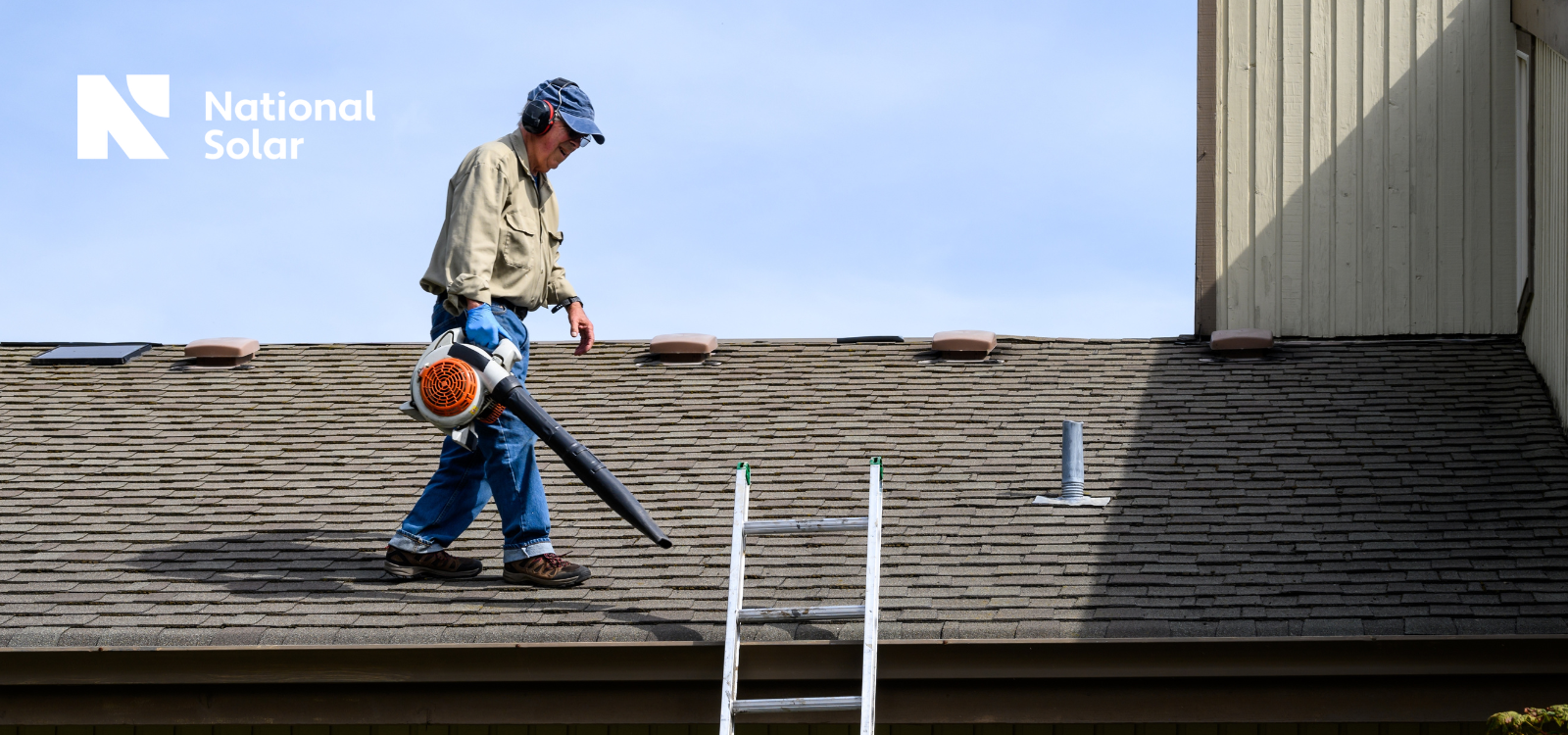
Roof Maintenance and Solar Panel Lifespan
For ensuring their longevity and efficiency, maintaining the roof and the solar panels is vital. Solar panels can actually increase the durability of the roof shingles they cover, thereby improving the roof’s overall durability. With a typical lifespan of 25 to 35 years, solar panel systems’ longevity can be maximized through proper maintenance practices.
For their optimal function and lifespan, regular inspections and maintenance activities for both the roof and solar panels are essential. The overall lifespan of both the roof and the solar panels can be significantly affected by the attention given to these regular maintenance activities.
Regular Roof Inspections
As an aspect of maintaining a solar panel system,
regular roof inspections are non-negotiable. They are integral to not only maintaining solar panel efficiency but also in preventing potential environmental damage or other factors that could impede system performance. These inspections include:
- A thorough evaluation of shingle condition
- Checking for attic moisture
- Ensuring panel security
- Examining electrical connections
Such inspections also validate that the solar panel installation remains compliant with industry standards and confirm the roof’s structural integrity post-installation. Interestingly, while shingles may have an extended lifespan when shaded by solar panels, the panels themselves may suffer from wear and require earlier replacement over time.
Cleaning and Maintenance of Solar Panels
To preserve the condition and efficiency of solar panels, consistent roof cleaning and maintenance are essential. Dirt, such as dust and leaves, can obstruct sunlight and reduce efficiency; if not cleaned regularly, this can lead to permanent damage. Solar panels should ideally be cleaned at least twice a year, though more frequent cleaning may be necessary in areas with high concentrations of dust, pollen, or dirt.
When cleaning solar panels, it’s recommended to:
- Use distilled or deionized water to avoid mineral stains
- Employ mild detergents alongside soft bristle brushes or microfiber cloths to prevent damaging the panels
- Conduct a visual inspection prior to cleaning to identify any damages, such as cracks or loose connections, which should then be addressed by a professional.
Potential Issues and Repairs
Early attention to potential issues and conducting repairs in your solar panel system’s lifespan can prevent larger problems and costly repairs in the future. Repairing a deteriorating roof often involves the removal and subsequent reinstallation of solar panels, incurring additional costs and time.
Regular roof inspections, especially after solar panel installation, can identify small damages early, preventing them from turning into major issues that would significantly increase the cost and complexity of repairs.
Summary
From the initial roof inspection to choosing the right roofing material and maintaining both the roof and solar panels, each step is critical in ensuring the effectiveness and longevity of your solar energy system. With the right approach, your solar panels can become a long-term contributor to your home’s energy needs and a testament to sustainable living. As we embrace the power of the sun, let’s remember that the true potential of solar energy lies not just in the panels themselves, but in the quality and condition of the roofs they adorn.
Frequently Asked Questions
Can I install solar panels on an old roof?
It's generally recommended to install solar panels on roofs that are less than 10 years old and in good condition to avoid the risk of damage. If your roof is old, consider replacing it before installing solar panels.
How often should I inspect my roof after installing solar panels?
You should inspect your roof at least twice a year after installing solar panels to maintain their efficiency, with more frequent inspections as needed depending on environmental conditions and regulations.
What roof materials are best for solar panel installations?
Asphalt shingles and metal roofs are best for solar panel installations due to their durability and compatibility with mounting systems. However, tile and slate may require special considerations and handling.
Will solar panels affect my roof's warranty?
Yes, solar panel installations can affect your roof's warranty. Consult with your roofing contractor and solar installer to ensure the installation complies with warranty terms and to understand any potential implications.
Do solar panels require a lot of maintenance?
No, solar panels do not require a lot of maintenance. Regular cleaning and periodic inspections are usually enough to keep them efficient and extend their lifespan.


